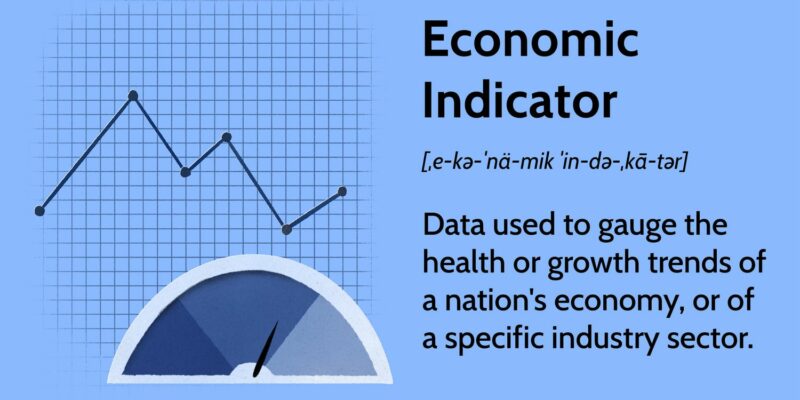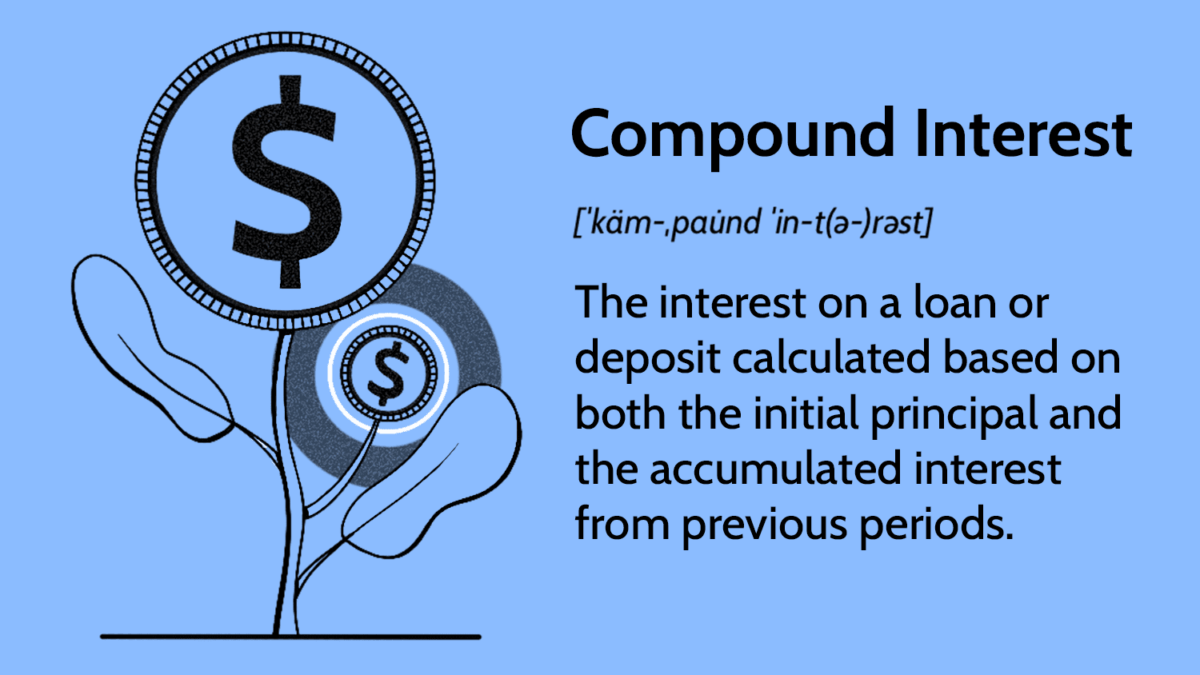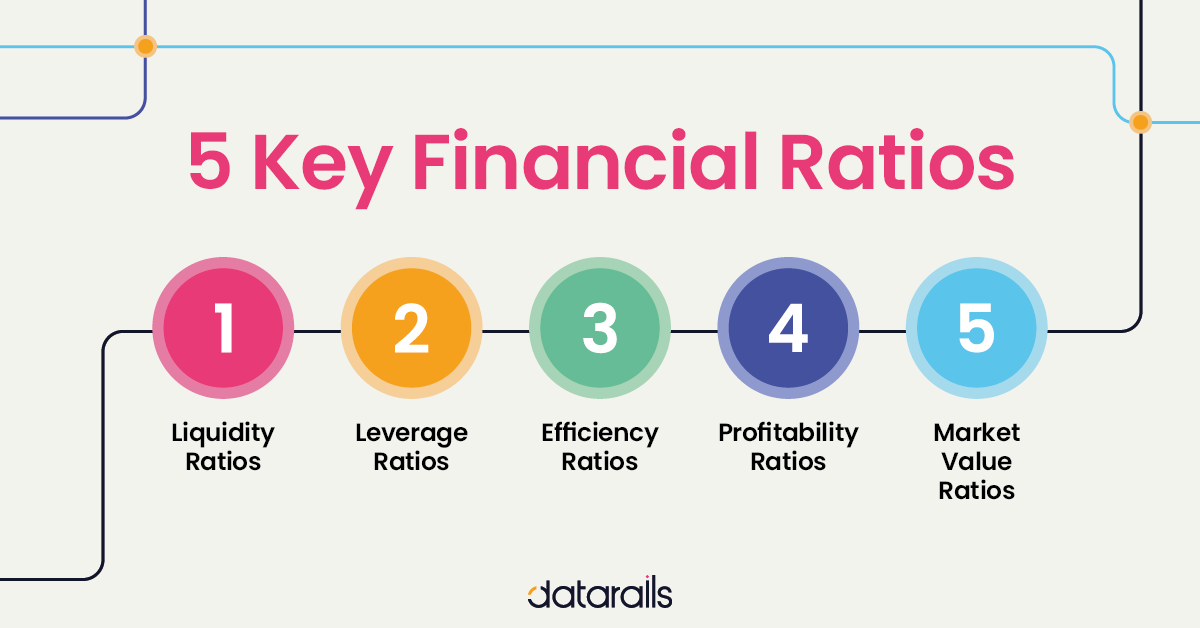
Economic indicators are economic statistics that help to measure and track the performance of an economy. They can be used to assess the overall health of the economy, identify areas of strength and weakness, and predict future economic trends.
There are many different types of economic indicators, and they can be classified into three broad categories:
- Coincident indicators measure current economic activity. They include things like gross domestic product (GDP), employment, and industrial production.
- Leading indicators signal future economic activity. They include things like stock prices, consumer confidence, and new orders for goods and services.
- Lagging indicators confirm past economic activity. They include things like unemployment, bankruptcies, and the amount of time it takes to sell homes.
Economists and policymakers use economic indicators to make decisions about things like interest rates, government spending, and taxes. They can also be used by businesses to make decisions about hiring, investment, and pricing.
Here are some of the most important economic indicators:
- Gross domestic product (GDP) is the total market value of all final goods and services produced within a country in a given period of time. It is considered the most comprehensive measure of economic activity.
- Employment is the number of people who are employed in a country. It is a measure of the labor force participation rate and the health of the labor market.
- Industrial production is the output of factories, mines, and utilities. It is a measure of the manufacturing sector and the overall health of the economy.
- Consumer price index (CPI) is a measure of the prices of goods and services that consumers purchase. It is used to measure inflation and deflation.
- Stock prices are the prices of shares of stock traded on stock exchanges. They are a measure of investor confidence and the health of the stock market.
- Consumer confidence is a measure of how confident consumers are about the future of the economy. It is a leading indicator of economic activity.
- New orders for goods and services is a measure of the demand for goods and services from businesses. It is a leading indicator of economic activity.
- Unemployment is the number of people who are unemployed and actively looking for work. It is a measure of the health of the labor market.
- Bankruptcies is the number of businesses that file for bankruptcy. It is a measure of the health of the business sector.
- Time it takes to sell homes is the average number of days it takes for a home to sell. It is a measure of the health of the housing market.
Economic indicators are an important tool for understanding the economy and making economic decisions. By tracking economic indicators, economists and policymakers can get a better sense of how the economy is performing and what the future holds.
Here are some additional tips for interpreting economic indicators:
- Look for trends. The best way to understand economic indicators is to look for trends over time. Are the indicators rising or falling? Are they moving at a steady pace or are they volatile?
- Compare indicators to historical averages. This will help you to see how the current economic conditions compare to past conditions.
- Consider the context. Economic indicators should always be interpreted in the context of other economic factors. For example, a rise in unemployment may not be a cause for concern if it is accompanied by a rise in GDP.
- Be aware of limitations. No single economic indicator can provide a complete picture of the economy. It is important to consider multiple indicators when making economic decisions.
Economic indicators are a valuable tool for understanding the economy and making economic decisions. By understanding how to interpret economic indicators, you can gain a better understanding of the economic landscape and make better financial decisions.




